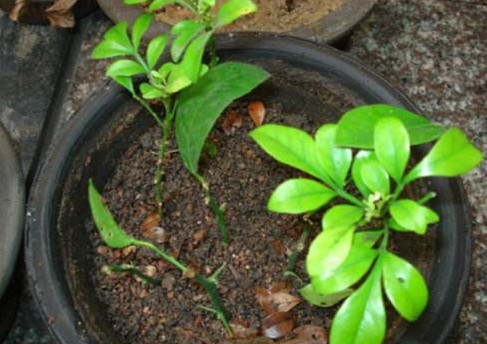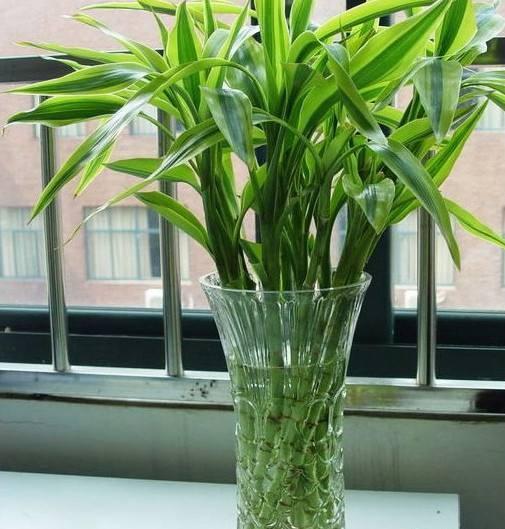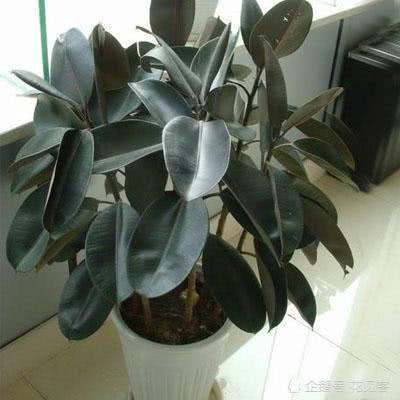These nine kinds of flowers are suitable for summer cuttings to miss another year.

"the tree is shady all over the ground at noon, and when I dream of a warbler, there is a sound." High temperature and humidity in summer make it a good season for plant cuttings to take root. The following nine kinds of flowers are very suitable for cutting in summer. Let's learn about them together with the editor.
I. Milan
1. The Milan branches trimmed from the mother plant are soaked in rooting solution for about an hour, then taken out and dried in a cool and ventilated place.
2. water the nutrient soil of the cuttings once, insert the Milan branches into the soil, and then put the bucket in a cool and ventilated place to allow the Milan branches to receive scattered light.
3. In about a month and a half or two months, Milan will be able to take root. After taking root, it can be directly transplanted into the pot.
II. Rhododendron
1. Cut the semi-lignified branches, which are 5-10 cm long, and retain the top four or five leaves.
2. Cut the cuttings to the foam board, and the cuttings will expose the foam board three or four centimeters.
3, put the foam board in the water to induce rooting, and so on, after the root system grows out, it can be put on the basin.
4. Cutting rhododendron with this method, the survival rate is very high. After putting it on the pot, it will be maintained in the shade for a period of time, and after slowing down the seedlings, it will be maintained in a place with sufficient light.
3. Fusang
1. Cut the semi-lignified mulberry branches, which are 15-20 cm long, cut 45 degrees at the bottom, and retain two or three leaves above.
2. Pour the prepared cutting substrate, river sand or vermiculite into water, then make a hole with a stick, cut the cuttings, and compact them with your hands.
3. Irrigate the flowerpot for three times to ensure the close combination of substrate and cuttings.
4. Cover the flowerpot with a plastic bag and make a few holes in the plastic bag to protect the moisture and ventilation. Keep the substrate moist and it will take more than a month to take root.
4. Osmanthus fragrans
1. The most suitable time for cutting sweet-scented osmanthus is from May to July. The woody branches of the same year can be selected, soaked in carbendazim solution for about half an hour, and then taken out and dried in a cool and ventilated place.
2. The soil of cuttings should be water-preserving, fertilizer-preserving and air-permeable. After watering once, cut sweet-scented osmanthus branches into the soil. In about a month or so, the branches of sweet-scented osmanthus can take root.
Camellia
1. Cut the semi-lignified branches that have just grown this year, with a length of about 10 centimeters, leaving only the top two leaves.
2, cut along with cutting, cut the camellia branches into the river sand or vermiculite, so that the matrix and cuttings are closely combined, do not cut too deep, bury four or five centimeters on the line.
Hydrangea
1. Cut the sturdy hydrangea branches that have flowered, remove the lower leaves, and leave about 8-10cm cuttings.
2. Smear a little rooting powder on the bottom of the branch, then put it in a cool and ventilated place to dry.
3. Insert the hydrangea branches into the soil, then water them once and keep them in a cool and ventilated place. It will take about a month to take root.
7. Jasmine
1. You can choose jasmine branches after blooming, or you can directly choose robust branches for cutting. about 2 leaves can be retained on each branch. Soak the cuttings in carbendazim solution for a few minutes, then leave them in a cool and ventilated place to dry the wound.
2. Cut the dried branches directly to the soil and pay attention to moisturizing. In about a month, the cutting jasmine can take root. After rooting, the jasmine can be directly transplanted into the flowerpot for direct maintenance.
8. Gardenia
1. Cut the sturdy branches of gardenia, cut off the leaves at the bottom of the branches, and put them in a cool and ventilated place to dry the wound before cutting.
2. After once watering the sand cuttings, the cuttings can be bagged and moisturized. When the sand is found to be dry, it will be watered and take root in about 1 month. Note: although gardenia likes light, it should avoid direct sunlight and should not be short of water.
9. Rubber tree
1. The lowest rooting temperature of rubber tree cuttings is 15 ℃. You can choose strong branches on the mother plant, scald the bottom in boiling water, soak in carbendazim solution for about half an hour, and then put it in a cool and ventilated place to dry.
2. Insert the pruned branches of the rubber tree into the soil and water them once, and it will take about a month at most to take root.
- Prev

The five kinds of raising flowers at home must be both rich and prosperous. Don't ignore them.
Now there are more and more people who grow flowers, mainly because potted flowers can not only add color to life, but also please the mood of people who raise flowers. In fact, in addition to these two points, there is another reason to raise some flowers and plants, and that is the meaning of beauty. There is.
- Next

Rubber trees don't grow when fertilized? Then bury some of its new buds and sprout and grow like crazy.
The rubber tree is a shade-tolerant leaf green plant, its leaves are exaggerated and glossy, thick and beautiful, evergreen all the year round, the top bud red is very similar to Fuyun, after the stipule is split, it looks like a red tassel, it is very beautiful, and it can be placed in the living room, study and other places.
Related
- Wuhan Hospital Iron Tree Blooming Result Was Instantly Frightened by the Gardener Master
- Which variety of camellia is the most fragrant and best? Which one do you like best?
- What is the small blue coat, the breeding methods and matters needing attention of the succulent plant
- Dormancy time and maintenance management of succulent plants during dormancy
- Minas succulent how to raise, Minas succulent plant pictures
- What are the varieties of winter succulent plants
- How to raise succulent plants in twelve rolls? let's take a look at some experience of breeding twelve rolls.
- Attention should be paid to water control for succulent plants during dormant period (winter and summer)
- Watering experience of twelve rolls of succulent plants
- Techniques for fertilizing succulent plants. An article will let you know how to fertilize succulent plants.

